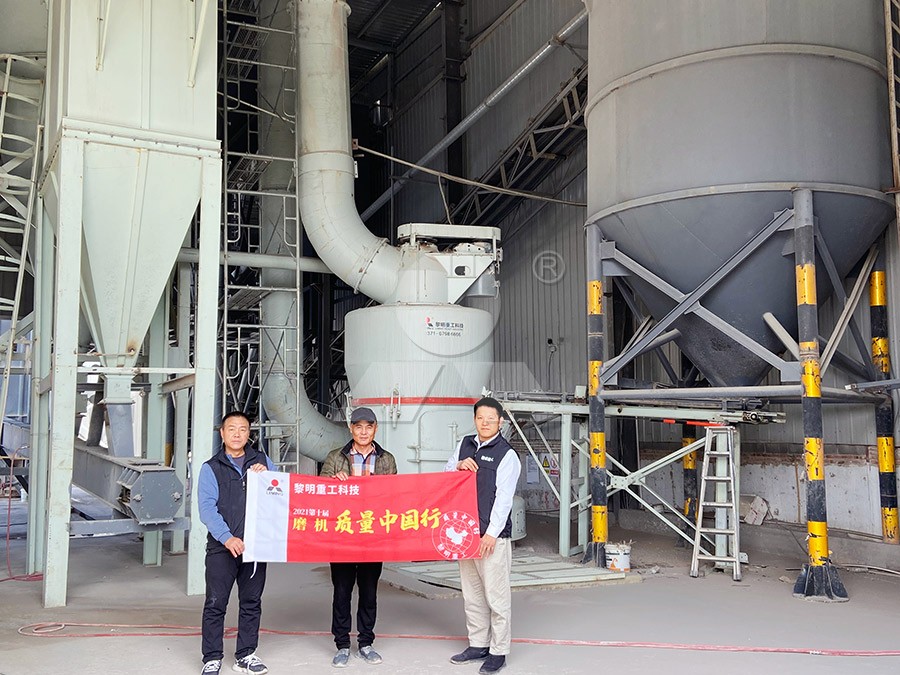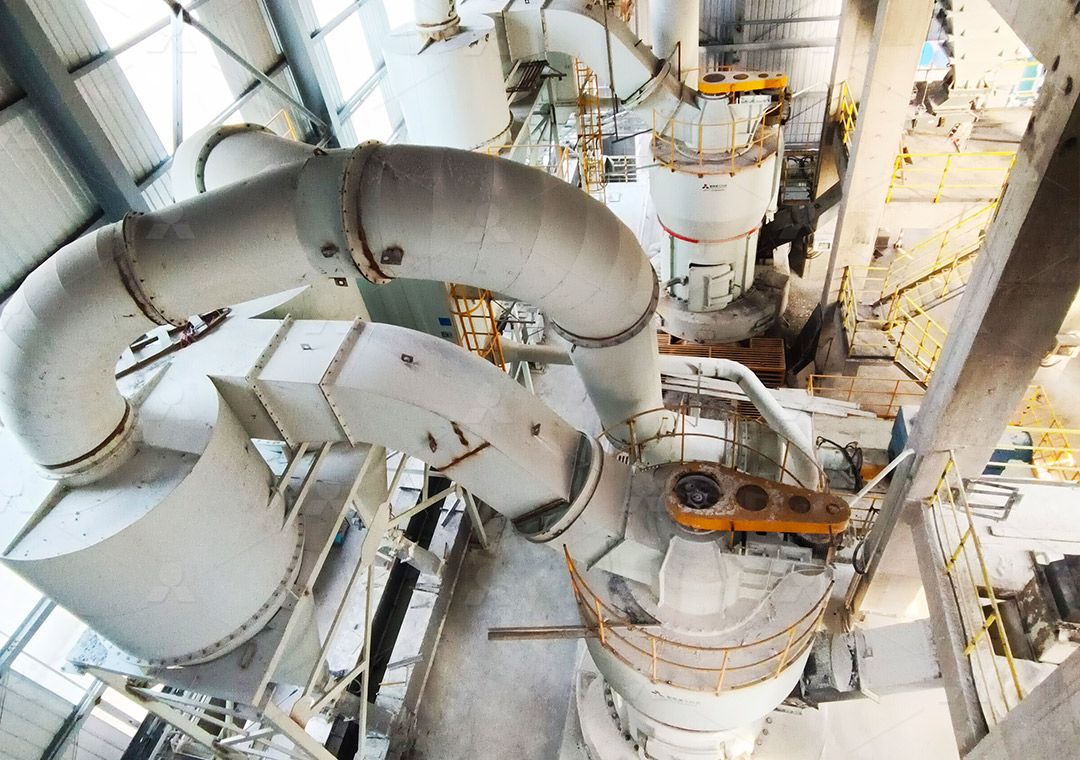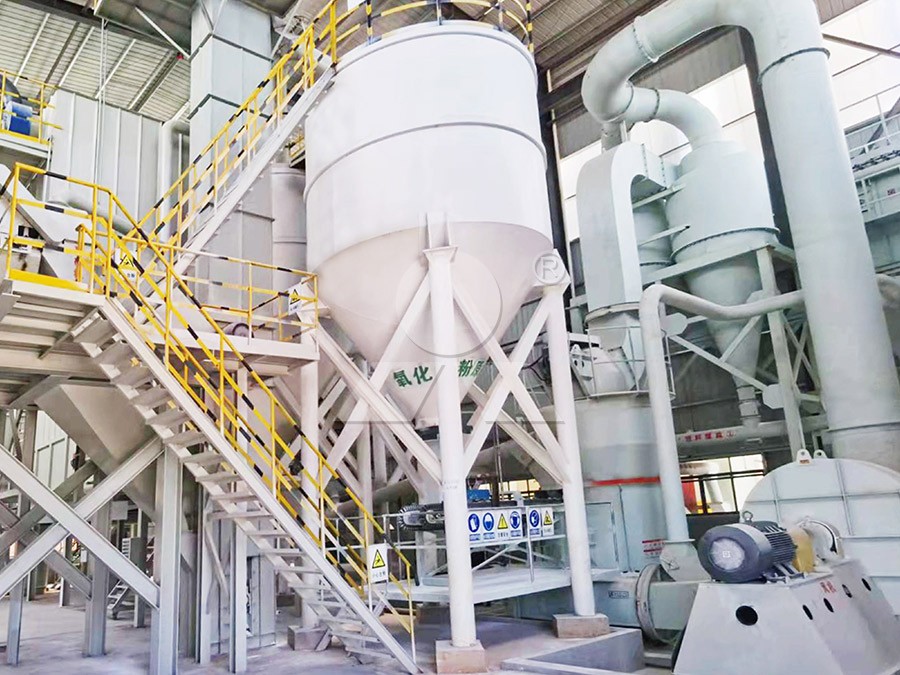3R Raymond Mill for Ferrotitanium Powder Production
Unlocking Precision in Ferrotitanium Processing
The production of ferrotitanium powder demands equipment capable of handling hard, abrasive materials while maintaining precise particle size control. As a critical component in aerospace, automotive, and specialty manufacturing applications, ferrotitanium powder requires consistent quality and specific granulometry that only specialized grinding technology can deliver.

Traditional grinding approaches often fall short when processing ferrotitanium alloys. The material’s unique combination of hardness and brittleness requires a balanced approach to comminution—applying sufficient force to fracture particles without generating excessive heat or introducing contamination. This is where the 3R Raymond Mill demonstrates its particular value in powder production workflows.
The Technical Edge in Ferrotitanium Applications
Our 3R Raymond Mill configuration brings several advantages specifically relevant to ferrotitanium processing. The three grinding rollers distribute pressure evenly across the grinding ring, creating a consistent crushing force that yields uniform particle distribution. The integrated classifier system allows operators to dial in precise particle size ranges from coarse powders to finer specifications, typically between 80-400 mesh for most ferrotitanium applications.
What sets this system apart is its ability to maintain stable operation with minimal iron contamination—a critical consideration when processing ferrotitanium where purity directly impacts final product performance. The mechanical design minimizes metal-to-metal contact in critical areas, and the wear-resistant materials used in grinding components extend service life while reducing maintenance frequency.

When to Consider Advanced Grinding Solutions
While the 3R Raymond Mill serves admirably for many ferrotitanium applications, operations requiring ultra-fine powders below 325 mesh or processing larger volumes may benefit from exploring our advanced grinding technologies. For these demanding applications, we particularly recommend considering our MW Ultrafine Grinding Mill, which represents the next evolution in powder processing technology.
The MW Ultrafine Grinding Mill achieves fineness between 325-2500 meshes—far beyond the capability of standard Raymond mills. Its innovative design features higher yielding capacity with lower energy consumption, producing 40% higher capacity than jet mills and double the output of ball mills with only 30% of the energy consumption. For ferrotitanium operations targeting niche markets requiring exceptional powder quality, this represents a significant competitive advantage.
Another compelling option for high-volume operations is our LUM Ultrafine Vertical Grinding Mill, which integrates German powder separating technology with advanced grinding mechanics. Its unique roller shell and lining plate grinding curve generates material layers more efficiently, producing higher quality finished products with improved whiteness and cleanliness—critical factors in premium ferrotitanium powder applications.

Optimizing Your Powder Production Line
Successful ferrotitanium powder production extends beyond selecting the right mill. Proper feeding systems, dust collection, and material handling all contribute to final product quality and operational efficiency. Our technical team works closely with clients to analyze specific production requirements and recommend integrated solutions that maximize throughput while minimizing operational costs.
The choice between Raymond mill technology and more advanced ultrafine grinding systems ultimately depends on your target markets, quality requirements, and production volumes. Each system brings distinct advantages that make it suitable for specific applications within the broader ferrotitanium powder production landscape.
Frequently Asked Questions
What particle size range can the 3R Raymond Mill achieve for ferrotitanium powder?
The 3R Raymond Mill typically produces ferrotitanium powder in the 80-400 mesh range (180-38 microns), making it suitable for most industrial applications including welding electrodes and metallurgical additives.
How does the MW Ultrafine Grinding Mill improve upon traditional Raymond mill technology?
The MW Ultrafine Grinding Mill achieves significantly finer particle sizes (325-2500 mesh), offers 40% higher production capacity than jet mills, and reduces energy consumption by up to 70% compared to traditional grinding systems while maintaining excellent powder quality.
What maintenance considerations are specific to ferrotitanium grinding?
Ferrotitanium’s abrasive nature necessitates regular inspection of grinding components. Our mills feature easily replaceable wear parts and external lubrication systems that allow maintenance without shutdown, significantly reducing downtime compared to conventional designs.
Can these grinding systems handle other metal powders besides ferrotitanium?
Absolutely. Our grinding technology successfully processes various metal powders including ferrosilicon, ferrochrome, and other specialty alloys. The robust construction and adaptable classification systems make them versatile across multiple metal powder applications.
What dust collection efficiency can we expect when processing ferrotitanium?
Our integrated pulse dust collection systems achieve collection efficiencies exceeding 99.9%, ensuring minimal material loss and maintaining clean operating environments that meet international environmental standards.
